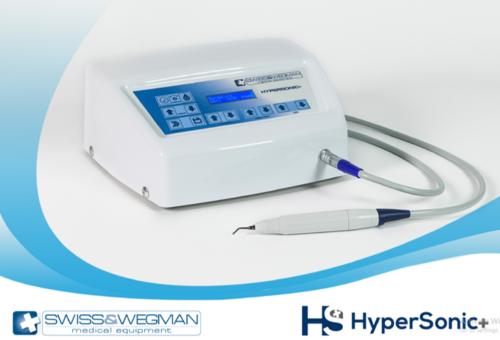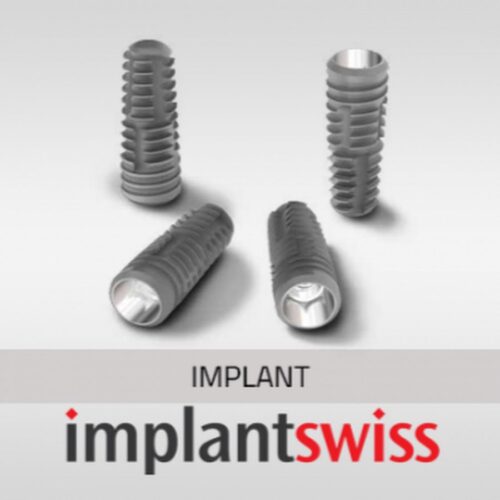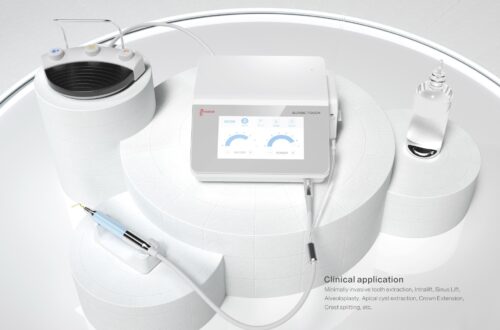JOINPLANT is a CE marked medical device used to join and stabilize immediate loading implants with a rigid splint in order to break down the masticatory forces applied on implants during healing and osseointegration.
By means of a welding clamp endowed with copper electrodes, a pre-fabricated titanium bar is welded to the implant abutments directly in the oral cavity: an intense electric discharge passes through the contact point between the two titanium elements for a very short time (few milliseconds) without heating the surrounding tissues.
The current flowing between the titanium elements warms up the point of fusion, achieving a solid welded junction. Such rigid fixation reduces the mechanical stress exerted on each implant during mastication and prevents the risk of micromovements, thus favouring the stability of the implants during the early stages of bone integration. There is no risk for the patient since during the welding process the pliers are automatically disconnected from the mains and the heat produced is dissipated through the copper electrodes thanks to the greater thermal conductivity of copper compared to titanium.








